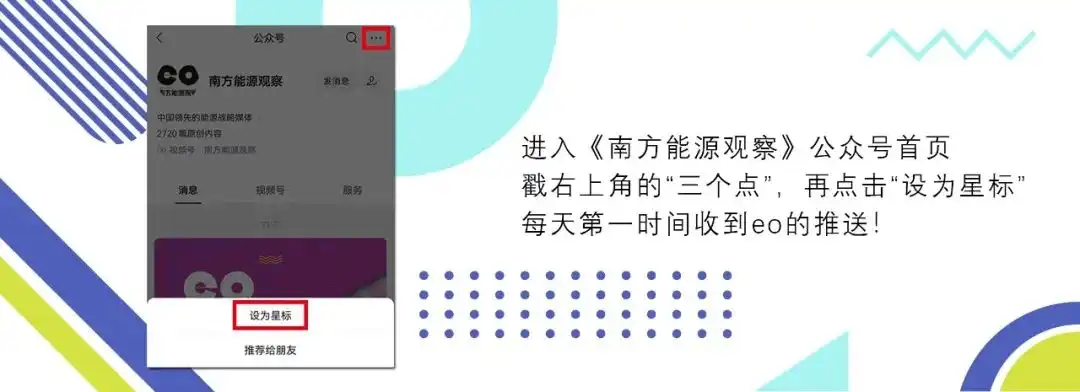The carbon market has expanded and the scope of CCER projects has been dynamically adjusted to meet market development needs
全文981字,阅读大约需要2分钟
Reproduction in any form without permission is strictly prohibited

Southern Energy Watch
micro-signal:energyobserver
Welcome to submit, submit email:

Liu bin
In January 2024, the national voluntary greenhouse gas emission reduction trading market was officially launched. National Certified Voluntary Emission Reduction (hereinafter referred to as "CCER") is a trading product in the national voluntary greenhouse gas emission reduction trading market, and its filing and trading have been receiving widespread attention.
Authenticity, uniqueness and additionality are basic conditions that CCER projects must meet. The CCER project emphasizes additionality, and its main purpose is to encourage social entities to independently participate in additional emission reductions. additionality can be simply understood as that with the support of CCER, the project can overcome obstacles in financing, key technologies, etc. and generate additional emission reductions. Without CCER, the project would not be commercially feasible and would not produce emission reductions.
China has been building the CCER system since 2012 and entered the trading stage in 2015. At that time, the projects that were registered for emission reduction were mainly new energy that required subsidies. At present, most wind power and photovoltaic power generation projects have entered the parity stage and no longer require subsidy support, so they no longer meet the additionality requirements. This means that the scope of projects applying for CCER needs to be further adjusted to adapt to the current development of new energy.
In October 2023, the Ministry of Ecology and Environment issued the "Measures for the Management of Voluntary Greenhouse Gas Emission Reduction Trading (Trial)", which detailed the relevant provisions of CCER. Subsequently, the Ministry of Ecology and Environment announced the methodology for the first batch of four projects, including afforestation carbon sinks, grid-connected solar thermal power generation, grid-connected offshore wind power generation and mangrove construction. The methodology clarified the applicable conditions and emission reduction of relevant projects. Accounting methods, etc.
The first batch of methodologies only identified two types of new energy projects: grid-connected photovoltaic power generation and grid-connected offshore wind power generation. These two types of projects have not yet been fully commercialized. Solar thermal power generation is a form of solar power generation. As of the end of 2023, the cumulative installed capacity of solar thermal power generation nationwide is 588,000 kilowatts. According to relevant regulations, solar thermal power generation projects connected to the grid after 2022 will no longer enjoy central financial subsidies.
For offshore wind power, some offshore projects have achieved parity and no longer have additionality. However, Shenzhen-offshore projects currently have high development costs and require CCER support. According to methodological regulations, only offshore wind power projects with offshore distances greater than 30 kilometers or water depths greater than 30 meters can apply for CCER.
In order to meet the requirements of additionality, CCER's project scope also needs to be dynamically adjusted. As technology continues to advance and the market gradually matures, some carbon emission reduction technologies are withdrawn after being commercialized, and some new technologies can enter the scope of application. The Ministry of Ecology and Environment has stated that in the future, it will carry out methodological evaluation and selection on a regular basis, and gradually expand the market support areas for voluntary emission reduction trading in accordance with the principle of "one mature, one released". Relevant experts have called for projects such as carbon dioxide capture, utilization and storage (CCUS), waste incineration for power generation, and coal methane to be included in the CCER market.
At present, the Ministry of Ecology and Environment is carrying out work to expand the national carbon market, and has carried out special research, evaluation and demonstration on quota allocation methods and accounting reporting methods in key industries, and the drafting of relevant technical documents has been basically completed. The voluntary emission reduction market is an important supplement to the national carbon market. After the coverage of the national carbon market is expanded, the market demand for CCER will also increase, which will be conducive to the development of the voluntary emission reduction market.
Editor Huang Yanhua
Audit Feng Jie
